


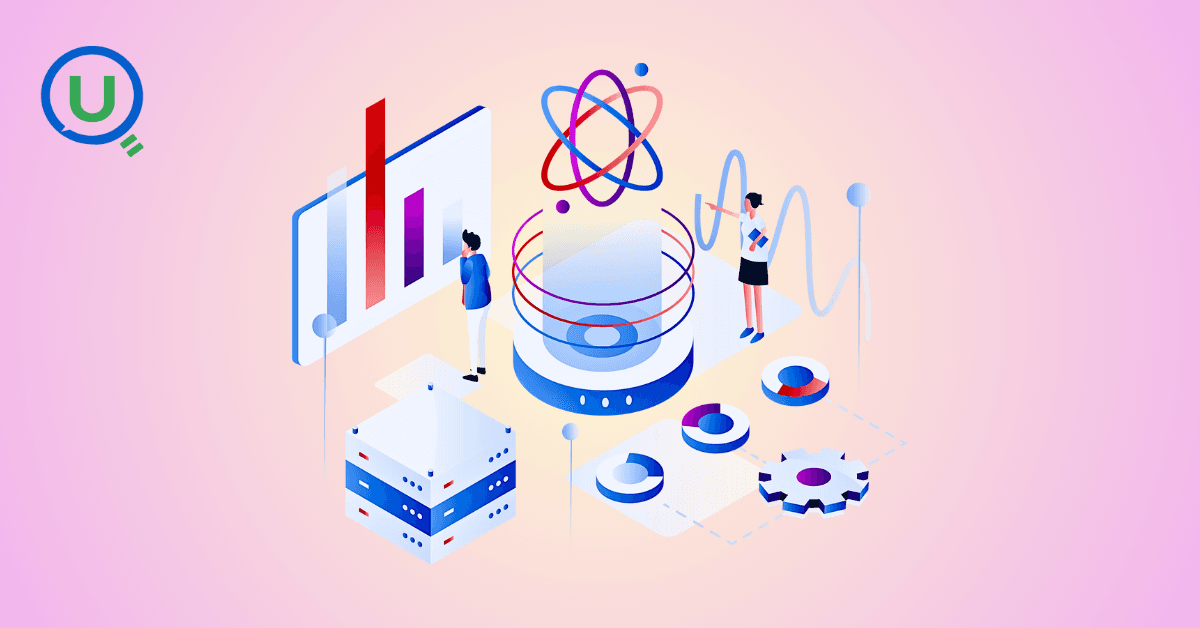
Data science continues to evolve at an unprecedented pace, with new techniques, tools, and technologies emerging regularly. As we move into 2025, businesses and data professionals must stay on top of the latest trends to remain competitive and drive innovation. Data science is no longer just about analyzing historical data; it's about leveraging advanced techniques to forecast future trends, automate decisions, and provide actionable insights.
In this blog, we’ll explore what is the trend of data science in 2025 and what these trends mean for the industry.
Generative AI is revolutionizing various fields, and data science is no exception. With the rise of models like GPT-4, GANs (Generative Adversarial Networks), and other generative models, data scientists are now able to create data, text, images, and even video content that mirrors real-world data. In 2025, expect more businesses to leverage generative AI for content creation, data augmentation, and simulation.
Why it’s important: Generative AI will help businesses optimize data-driven decision-making by creating synthetic data for training models, reducing data privacy concerns, and making predictions with more precision.
Machine learning is the backbone of data science, but the process of building, training, and fine-tuning models can be time-consuming and requires deep expertise. AutoML platforms have emerged to automate many aspects of this process. By simplifying the workflow, AutoML empowers data scientists to create machine learning models faster and with less manual intervention.
Why it’s important: With AutoML, organizations can build and deploy models more quickly, ensuring that they stay ahead of the competition while allowing data scientists to focus on higher-level tasks.
Natural Language Processing (NLP) has witnessed incredible advancements in recent years, with deep learning models enabling machines to understand, generate, and interpret human language. By 2025, NLP will continue to transform industries, particularly customer service, content creation, and data extraction from unstructured sources. With improved sentiment analysis, real-time translation, and enhanced chatbots, NLP's capabilities will only expand.
Why it’s important: NLP will make human-computer interaction smoother and more intuitive, enabling businesses to derive valuable insights from unstructured data like social media, reviews, and customer feedback.
Artificial Intelligence (AI) is increasingly being integrated into analytics platforms, enabling organizations to gain deeper insights, faster. AI-powered analytics tools can automatically detect patterns in data, predict future trends, and even recommend actions based on analysis. In 2025, we’ll see more companies embracing AI-driven analytics to streamline decision-making processes across all departments.
Why it’s important: AI-powered analytics reduces human error, uncovers hidden patterns, and provides actionable insights that can drive innovation and efficiency in business operations.
As AI models become more sophisticated, the need for transparency and ethical considerations has grown. By 2025, businesses and regulatory bodies will place a greater emphasis on the explainability of AI models. Data scientists will need to prioritize building models that are not only accurate but also interpretable, ensuring that decisions made by AI are ethical and can be understood by humans.
Why it’s important: AI explainability builds trust and ensures that AI is used in a responsible, transparent manner, particularly in industries such as healthcare, finance, and legal systems.
Edge computing refers to the practice of processing data closer to the source rather than sending it to centralized servers. In data science, this trend will become more significant in 2025, especially with the proliferation of IoT devices. Edge computing allows data scientists to perform real-time analytics on data generated by sensors and devices, enabling faster decision-making and reducing latency.
Why it’s important: Edge computing enables real-time insights, which is particularly important in industries like manufacturing, healthcare, and autonomous vehicles, where quick data processing is critical.
With growing concerns over data privacy and security, responsible data science will become an essential part of every data-driven project. Data scientists will need to adhere to stricter regulations and follow ethical guidelines while working with sensitive information. By 2025, expect a more significant push towards adopting privacy-preserving methods such as differential privacy and federated learning.
Why it’s important: Ensuring data privacy and security is paramount in maintaining user trust, particularly as data collection becomes more pervasive in modern business models.
The cloud continues to be a key enabler of data science. By 2025, cloud-based platforms like AWS, Google Cloud, and Microsoft Azure will see even wider adoption, as they offer scalability, flexibility, and cost-effective resources for data scientists. These platforms allow teams to collaborate more effectively, access vast amounts of data, and use powerful computing resources for training complex models.
Why it’s important: Cloud-based platforms provide the infrastructure needed to handle the growing demands of data science while allowing businesses to scale their operations efficiently.
By 2025, business intelligence (BI) tools will increasingly incorporate AI and machine learning capabilities. This integration will allow companies to gain insights from their data faster, by automating data analysis and generating predictive insights in real time. AI-powered BI tools will help data scientists and business analysts work in tandem to optimize business decisions.
Why it’s important: AI integration with BI will drive smarter business decisions, allowing companies to optimize marketing campaigns, manage supply chains, and improve customer experiences with actionable insights.
As businesses handle larger volumes of data, data governance will play an even more crucial role in ensuring the quality, security, and compliance of data. Data scientists will be expected to work closely with data engineers and governance teams to ensure that data used for training machine learning models meets all required standards.
Why it’s important: Effective data governance ensures that data used for machine learning models is accurate, reliable, and compliant with regulations, making it essential for building trustworthy AI systems.
The trend of data science in 2025 is marked by tremendous technological advancements that are transforming how organizations analyze and use data. From AI-driven analytics and generative AI to the increased focus on ethics and privacy, data science will continue to push the boundaries of what’s possible. As these trends take shape, professionals and businesses alike will need to stay ahead of the curve to leverage these innovations for competitive advantage.
At Enqurious, we understand the importance of staying up-to-date with these emerging trends. Our hands-on, scenario-driven learning experiences equip data professionals with the skills needed to succeed in a rapidly evolving data landscape. Whether you’re looking to upskill or transition into data science, Enqurious offers a variety of training programs that focus on real-world applications, helping you build expertise that will drive your career forward in 2025 and beyond.

Passed the Databricks Gen AI Associate Certification with 56 questions in 90 minutes! Here's my honest experience, preparation strategy, time management tricks, and the exact resources that helped me succeed. Real insights for aspiring certificants.

A practical walkthrough of how I reduced heavy batch workloads using Change Data Feed (CDF) in Databricks. This blog shows how CDF helps process only updated records, cutting compute costs and boosting pipeline efficiency.

I dropped a table in Snowflake, then queried to verify it was gone. The system said it doesn't exist, but also showed it consuming 3.57 MB. That contradiction led me down a rabbit hole of metadata delays, missing commands, and hidden costs. Here's what I discovered.
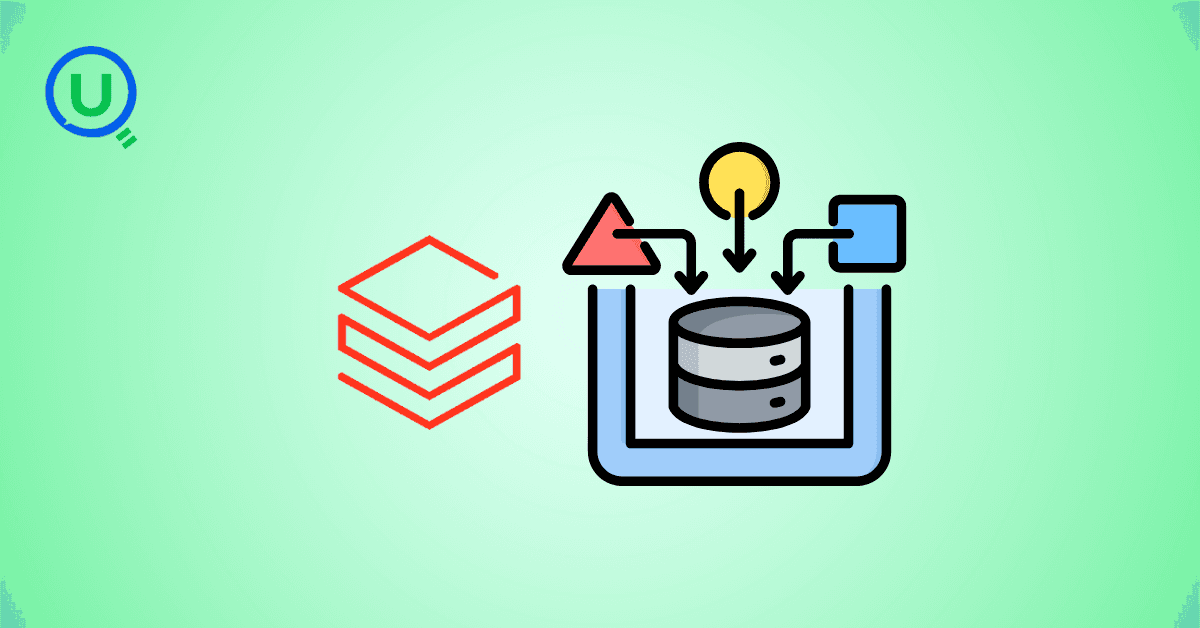
The AI industry has a security problem: data scientists aren't trained in security, ML engineers are working with black-box models, and security pros don't understand GenAI. Learn about the frameworks and tools bridging this gap—from Llama Guard to Databricks' safety features.

Why DELETE isn’t enough under GDPR, and how Time Travel can make sensitive data reappear unless VACUUM is used correctly.

This blog shares my personal journey into Snowflake Gen AI, from early confusion to hands-on clarity. It offers practical study tips, common pitfalls, and guidance to help you prepare effectively and understand Snowflake’s evolving AI capabilities.

Started scrolling Instagram at 2 AM. Saw Cloudflare memes. Fell down a 4-hour research rabbit hole. Discovered that AND database = 'default' could have prevented the whole thing. My sleep schedule is ruined but at least I understand distributed systems now.

Discover the top 10 data pipeline tools every data engineer should know in 2025. From Airflow to Fivetran, learn how each tool powers modern data workflows, supports real-time analytics, and scales across cloud ecosystems.
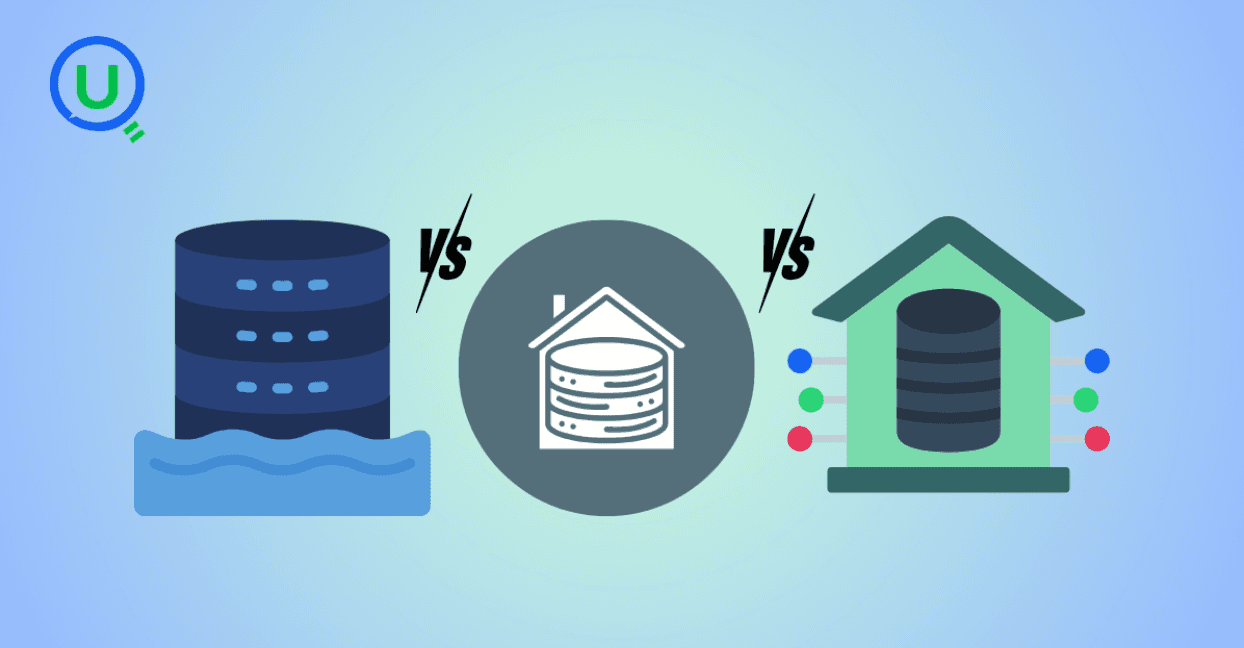
Confused between a data lake, data warehouse, and data mart? Discover key differences, real-world use cases, and when to use each architecture. Learn how to build a modern, layered data strategy for scalability, governance, and business insights.

Explore what syntax means in the world of data and AI—from SQL and Python to JSON and APIs. Learn why syntax matters, common errors, real-world examples, and essential best practices for data engineers, analysts, and AI developers in 2025.
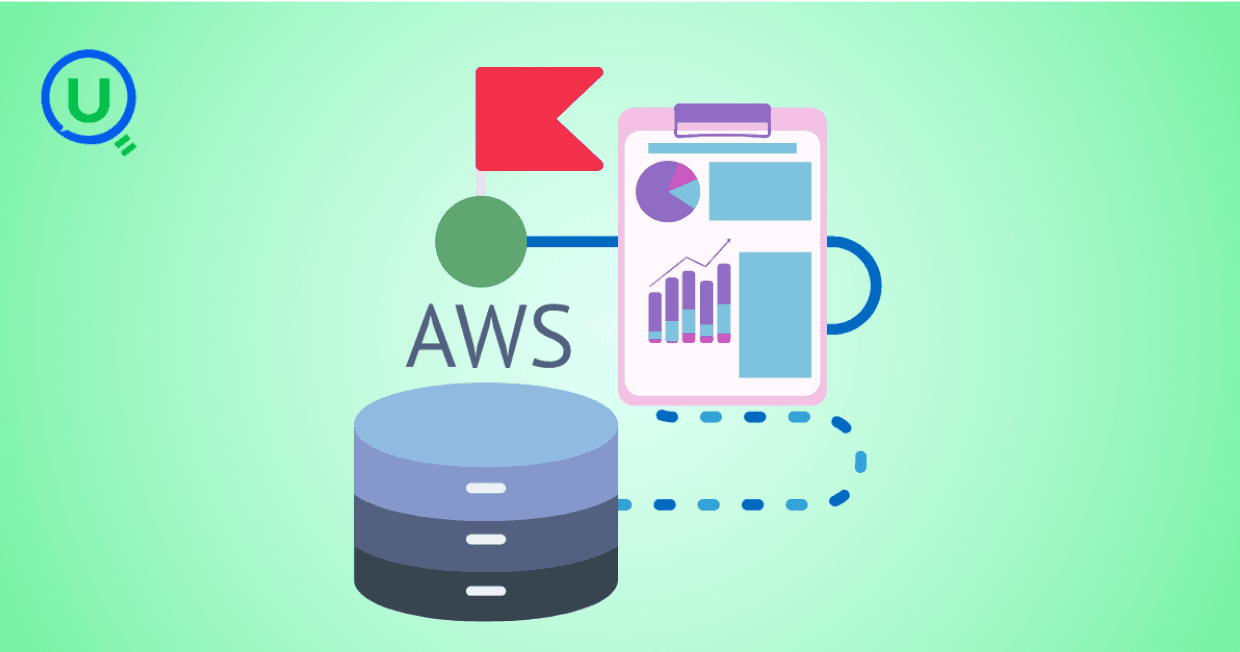
Discover how AWS Data Pipeline helps automate data movement and transformation across AWS services like S3, Redshift, and EMR. Learn its key features, benefits, limitations, and how it compares to modern tools like AWS Glue and MWAA.

Learn how to build scalable and secure data pipeline architectures in 2024 with best practices, modern tools, and intelligent design. Explore key pillars like scalability, security, observability, and metadata tracking to create efficient and future-proof data workflows.
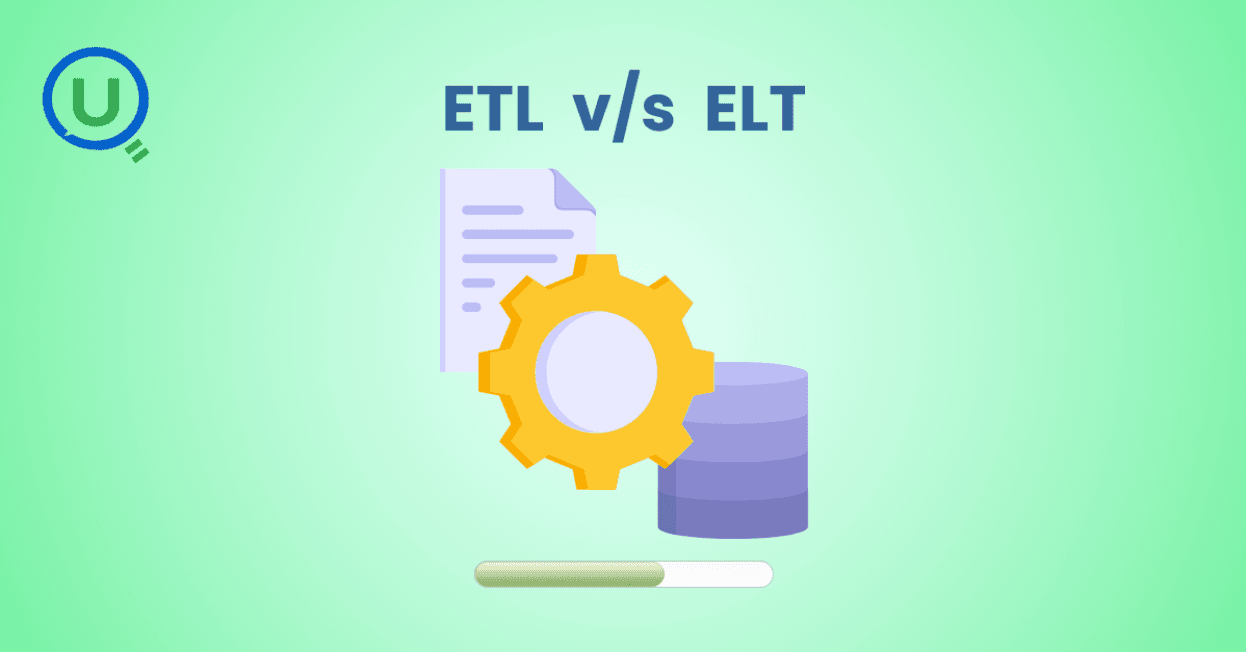
Explore the key differences between ETL and ELT data integration methods in this comprehensive guide. Learn when to choose each approach, their use cases, and how to implement them for efficient data pipelines, real-time analytics, and scalable solutions.
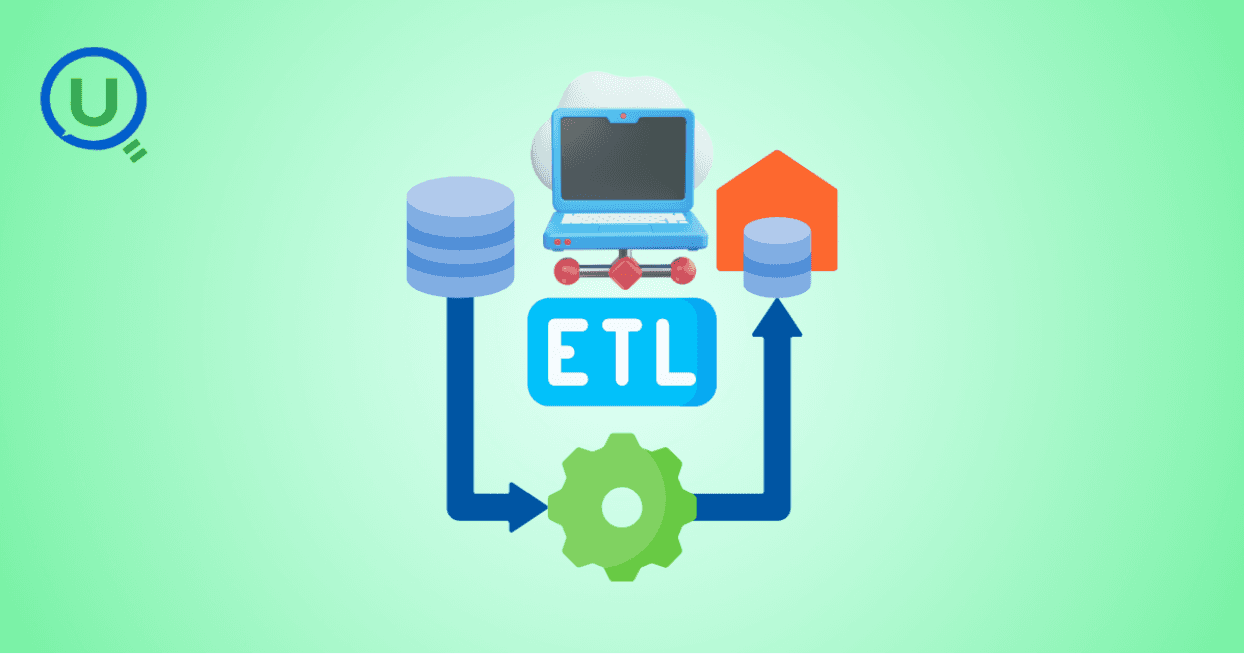
Learn the essential role of ETL (Extract, Transform, Load) in data engineering. Understand the three phases of ETL, its benefits, and how to implement effective ETL pipelines using modern tools and strategies for better decision-making, scalability, and data quality.
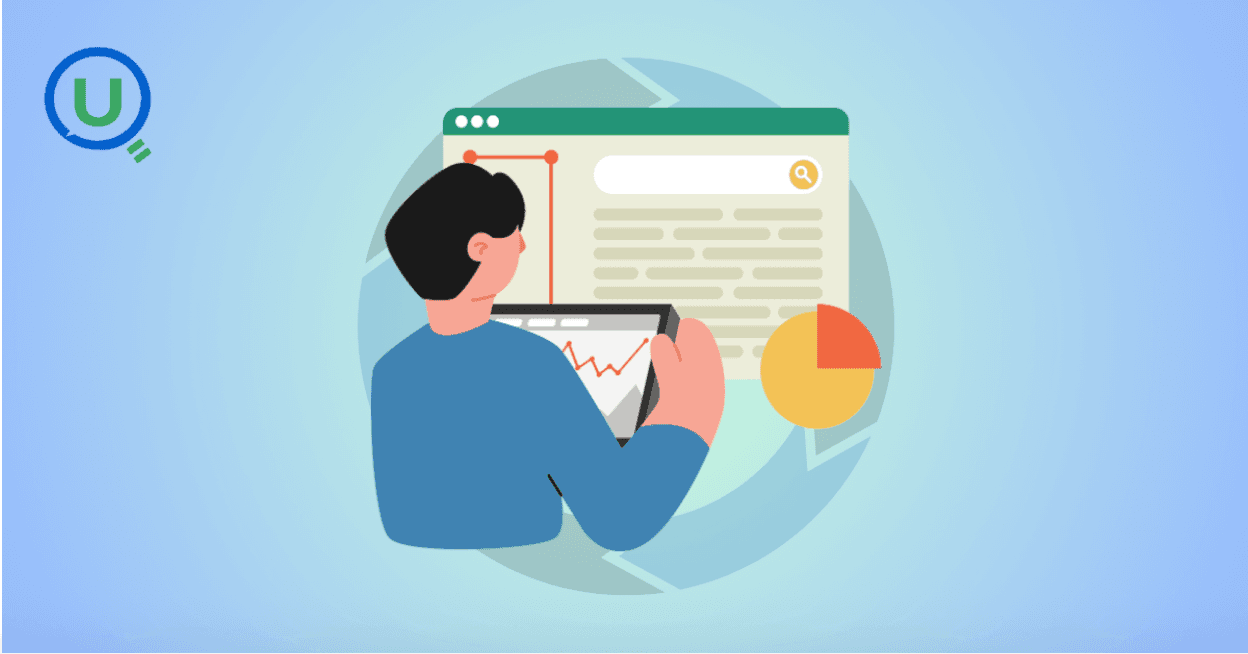
Discover why data orchestration and analysis are essential for modern data systems. Learn how automation tools streamline data workflows, boost insights, and scale with your business

Learn what a data ingestion pipeline is, why it's vital for modern analytics, and how to design scalable, real-time pipelines to power your data systems effectively.

Discover the top 15 data warehouse tools for scalable data management in 2024. Learn how to choose the right platform for analytics, performance, and cost-efficiency.
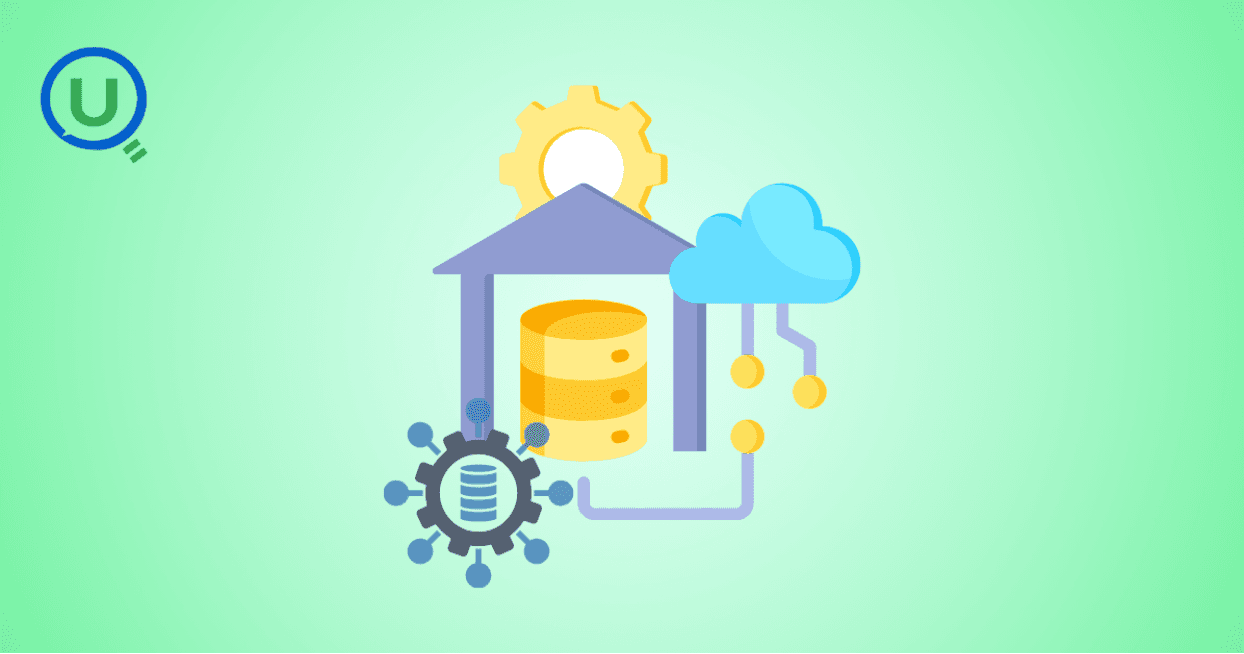
Confused between a data mart and a data warehouse? Learn the key differences, use cases, and how to choose the right data architecture for your business. Explore best practices, real-world examples, and expert insights from Enqurious.
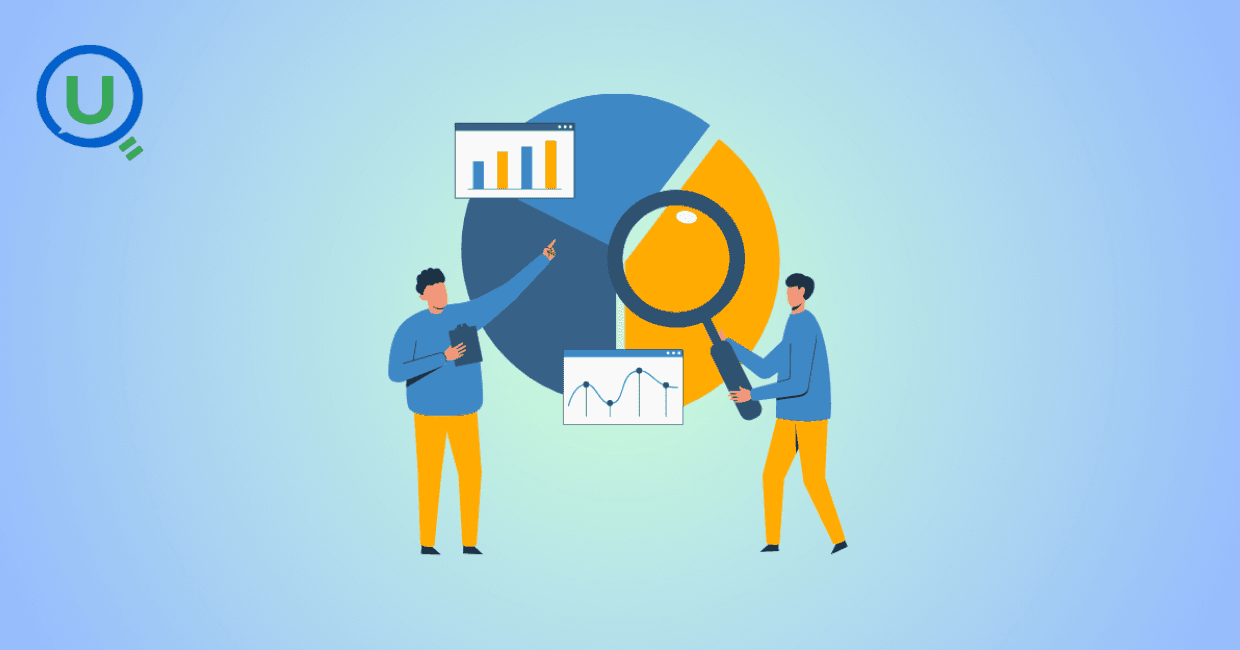
Discover the top 10 predictive analytics tools to know in 2025—from SAS and Google Vertex AI to RapidMiner and H2O.ai. Learn why predictive analytics is essential for modern businesses and how to choose the right tool for your data strategy.

Explore the key differences between descriptive and predictive analytics, and learn how both can drive smarter decision-making. Discover how these analytics complement each other to enhance business strategies and improve outcomes in 2025 and beyond.
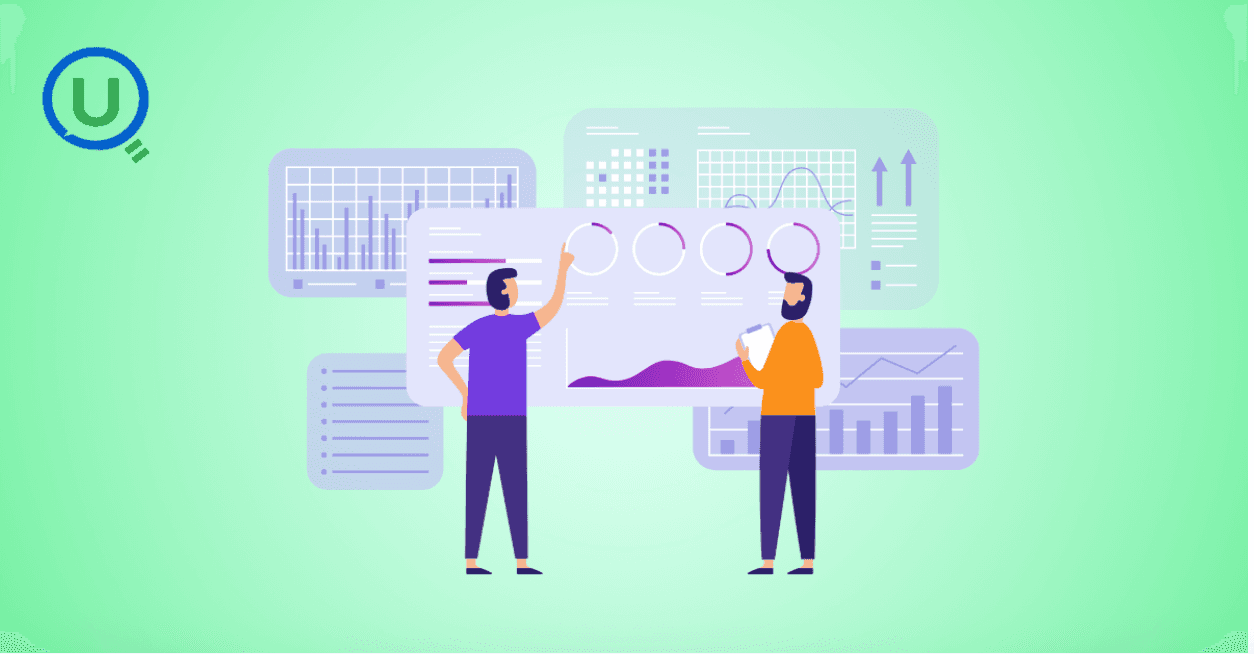
Explore the key differences between predictive and prescriptive analytics, and learn how both can drive smarter decisions, enhance agility, and improve business outcomes. Discover real-world applications and why mastering both analytics approaches is essential for success in 2025 and beyond.
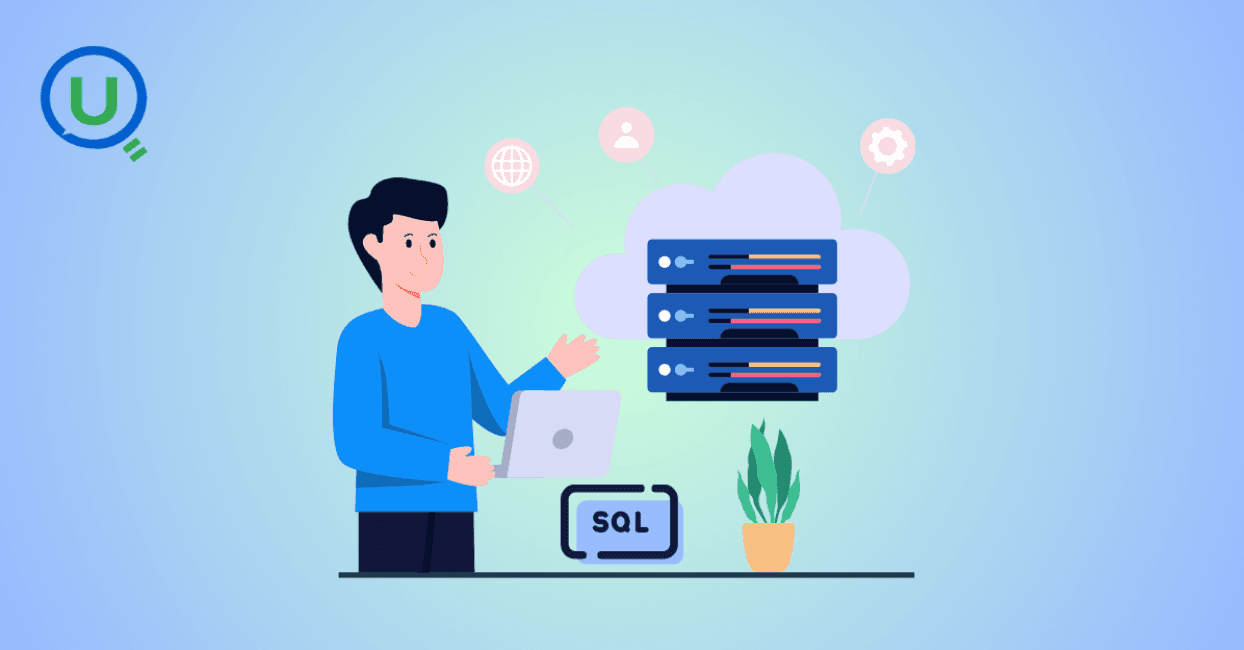
Compare PostgreSQL vs SQL Server in this comprehensive guide. Learn the key differences, strengths, and use cases to help you choose the right database for your business needs, from cost to performance and security.

Learn what Power BI is and how it works in this beginner's guide. Discover its key features, components, benefits, and real-world applications, and how it empowers businesses to make data-driven decisions.

Explore what a Business Intelligence Engineer does—from building data pipelines to crafting dashboards. Learn key responsibilities, tools, and why this role is vital in a data-driven organization.
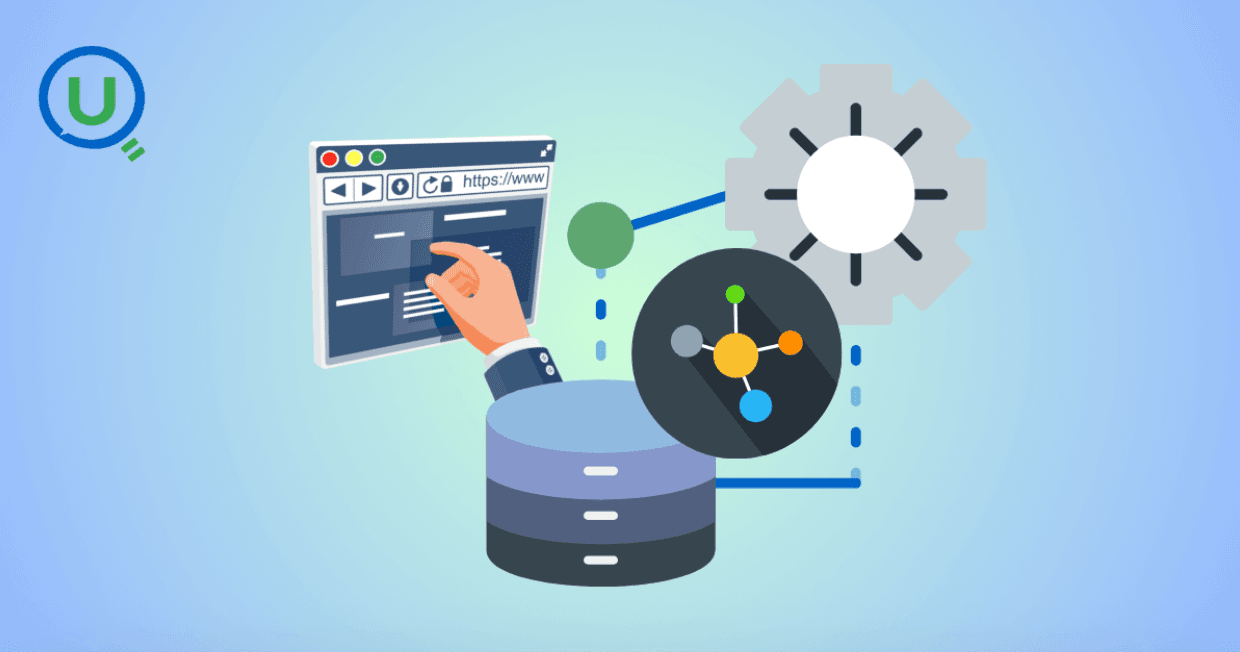
Discover why data lineage is essential in today’s complex data ecosystems. Learn how it boosts trust, compliance, and decision-making — and how Enqurious helps you trace, govern, and optimize your data journeys.
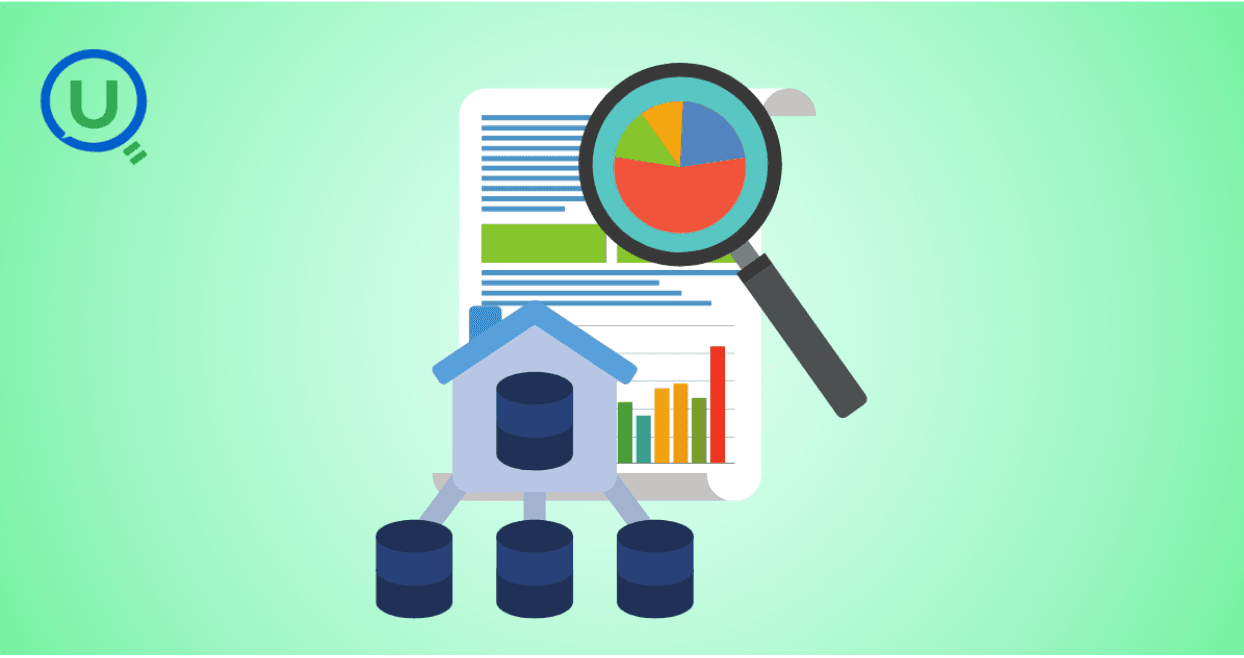
Learn what a data mart is, its types, and key benefits. Discover how data marts empower departments with faster, targeted data access for improved decision-making, and how they differ from data warehouses and data lakes.

Master data strategy: Understand data mart vs data warehouse key differences, benefits, and use cases in business intelligence. Enqurious boosts your Data+AI team's potential with data-driven upskilling.
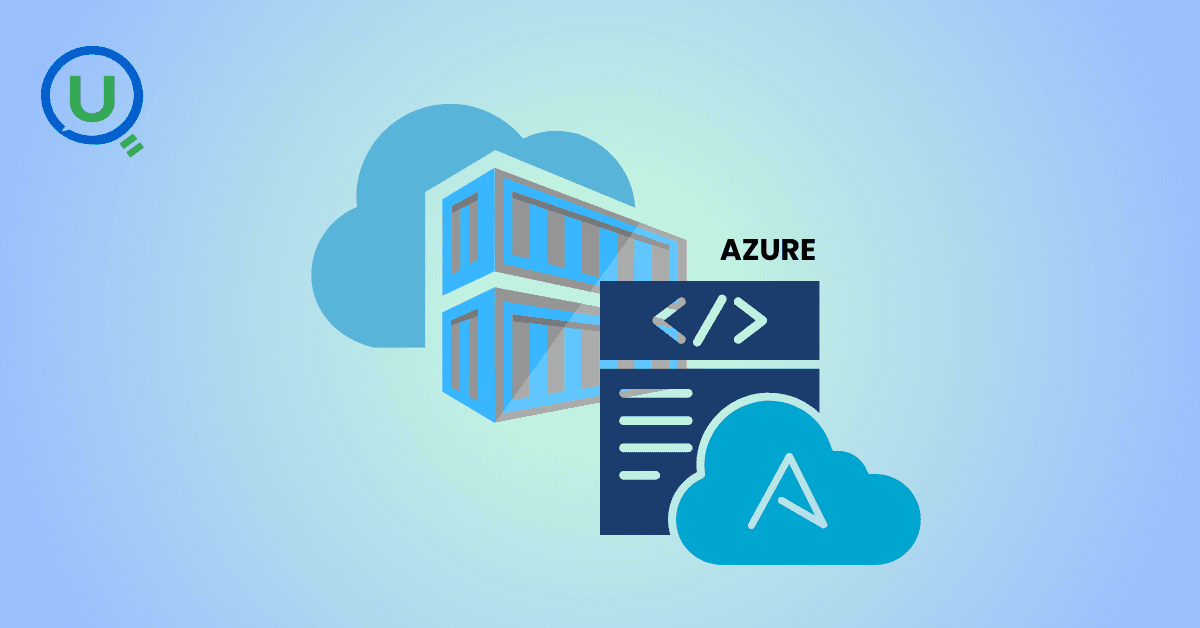
Learn what Azure Data Factory (ADF) is, how it works, and why it’s essential for modern data integration, AI, and analytics. This complete guide covers ADF’s features, real-world use cases, and how it empowers businesses to streamline data pipelines. Start your journey with Azure Data Factory today!
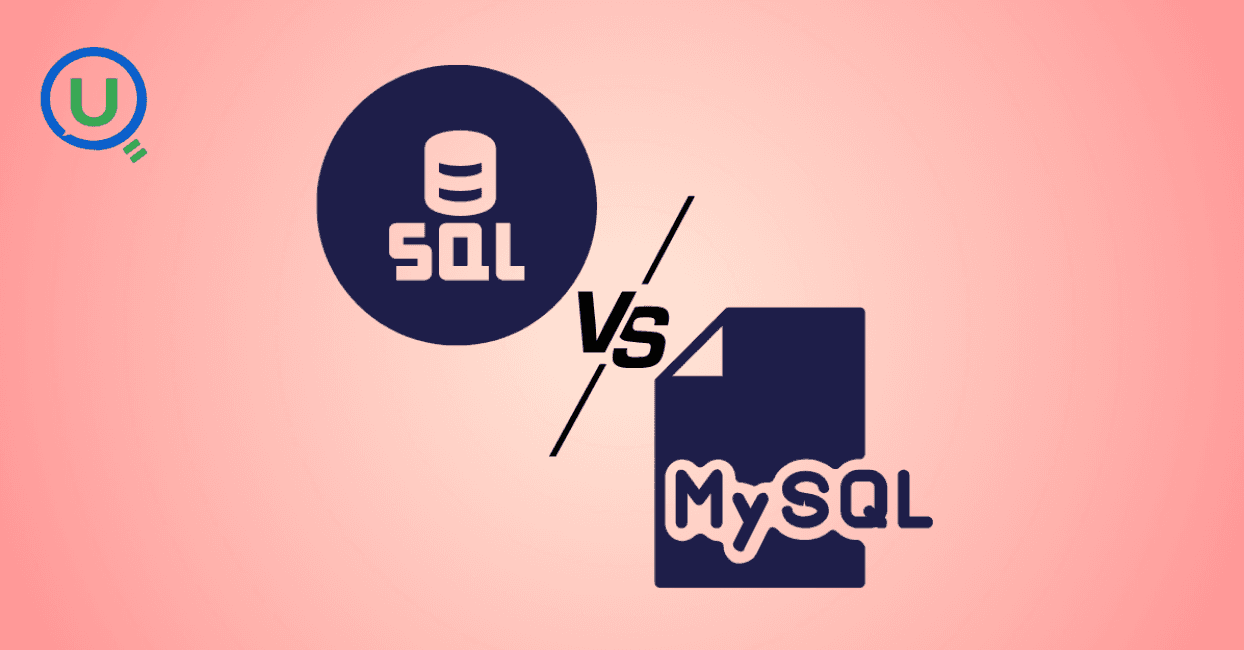
Discover the key differences between SQL and MySQL in this comprehensive guide. Learn about their purpose, usage, compatibility, and how they work together to manage data. Start your journey with SQL and MySQL today with expert-led guidance from Enqurious!
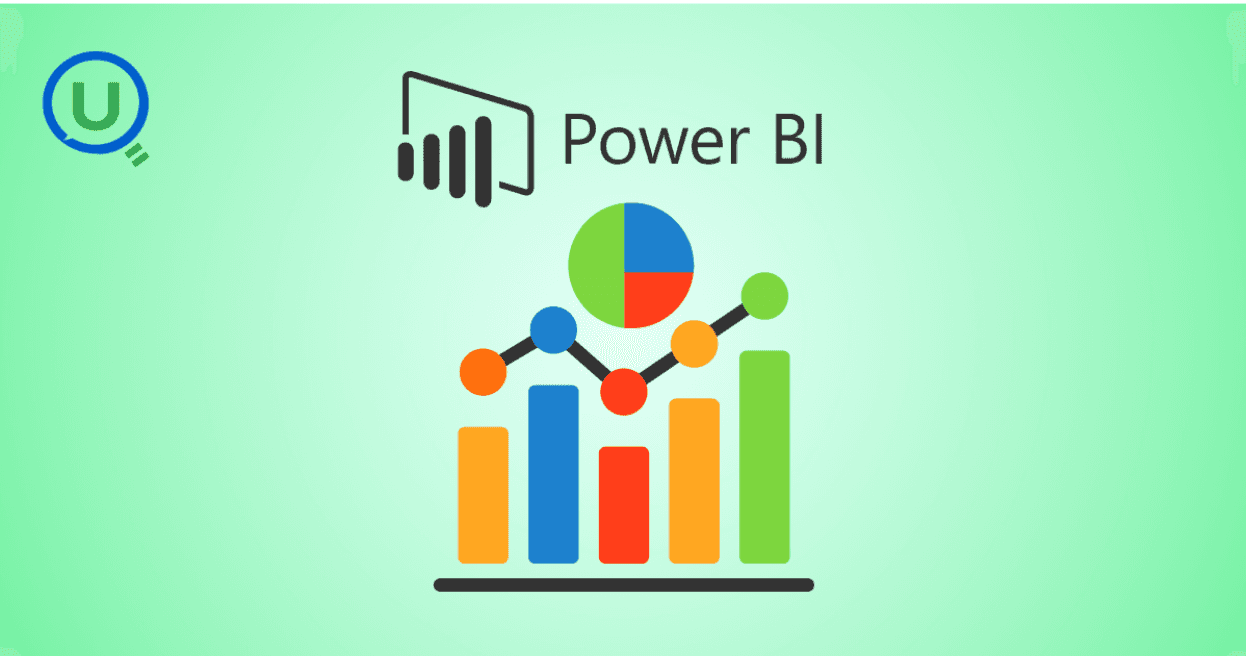
Learn Power BI from scratch in 2025 with this step-by-step guide. Explore resources, tips, and common mistakes to avoid as you master data visualization, DAX, and dashboard creation. Start your learning journey today with Enqurious and gain hands-on training from experts!
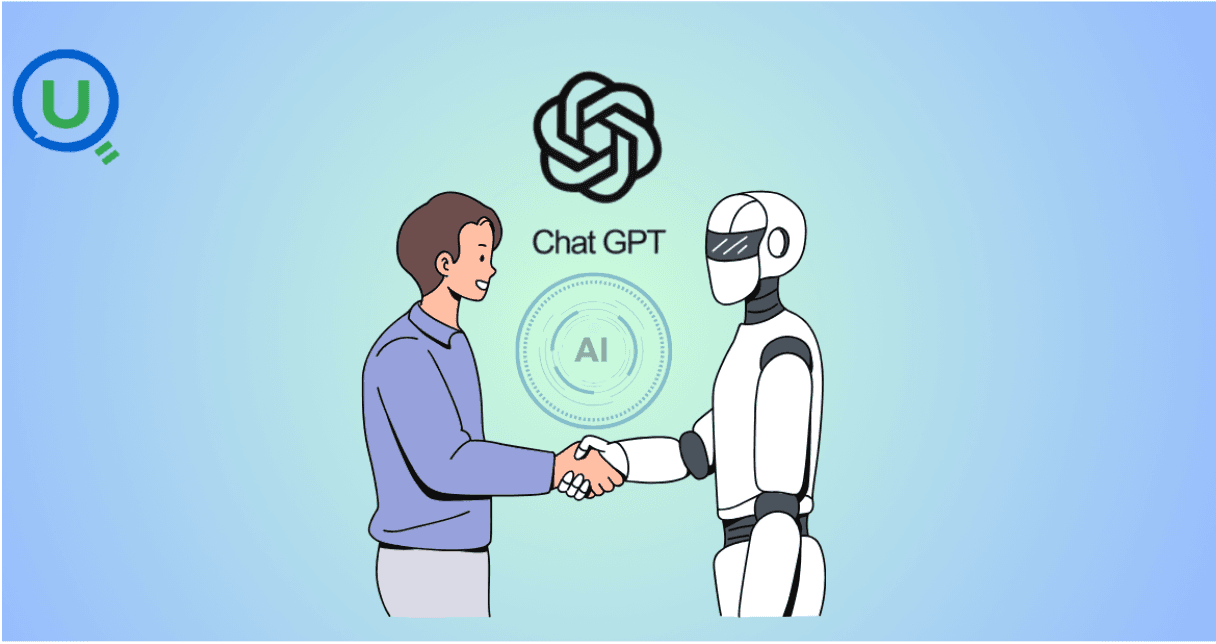
AI tools like ChatGPT are transforming clinical data management by automating data entry, enabling natural language queries, detecting errors, and simplifying regulatory compliance. Learn how AI is enhancing efficiency, accuracy, and security in healthcare data handling.
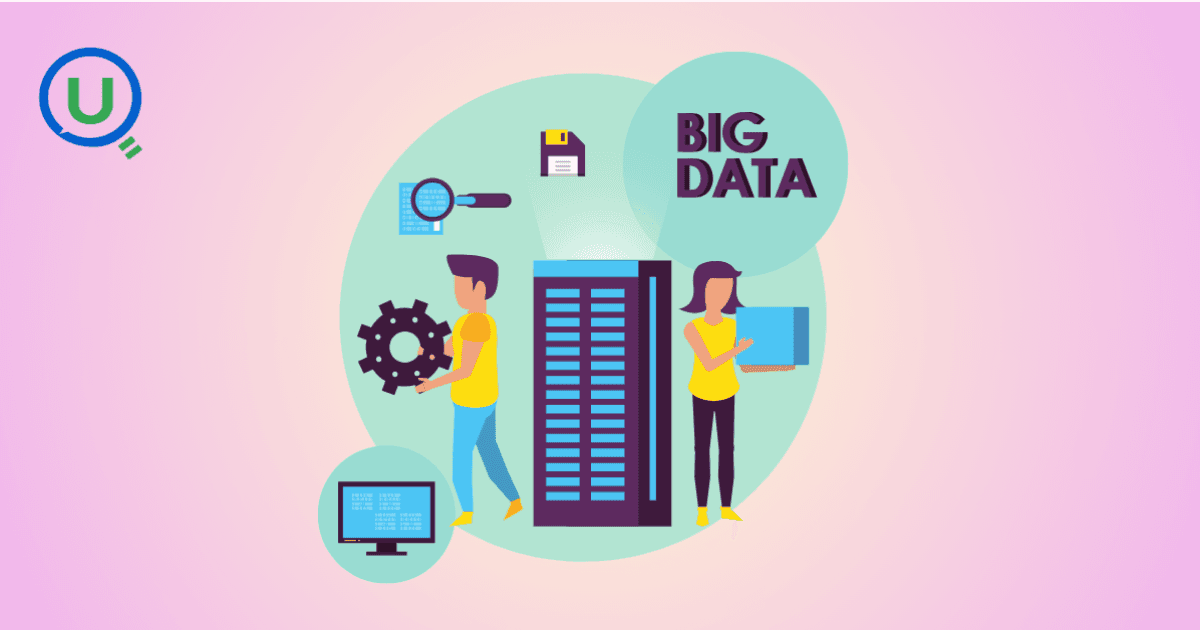
Big Data refers to large, complex data sets generated at high speed from various sources. It plays a crucial role in business, healthcare, finance, education, and more, enabling better decision-making, predictive analytics, and innovation.
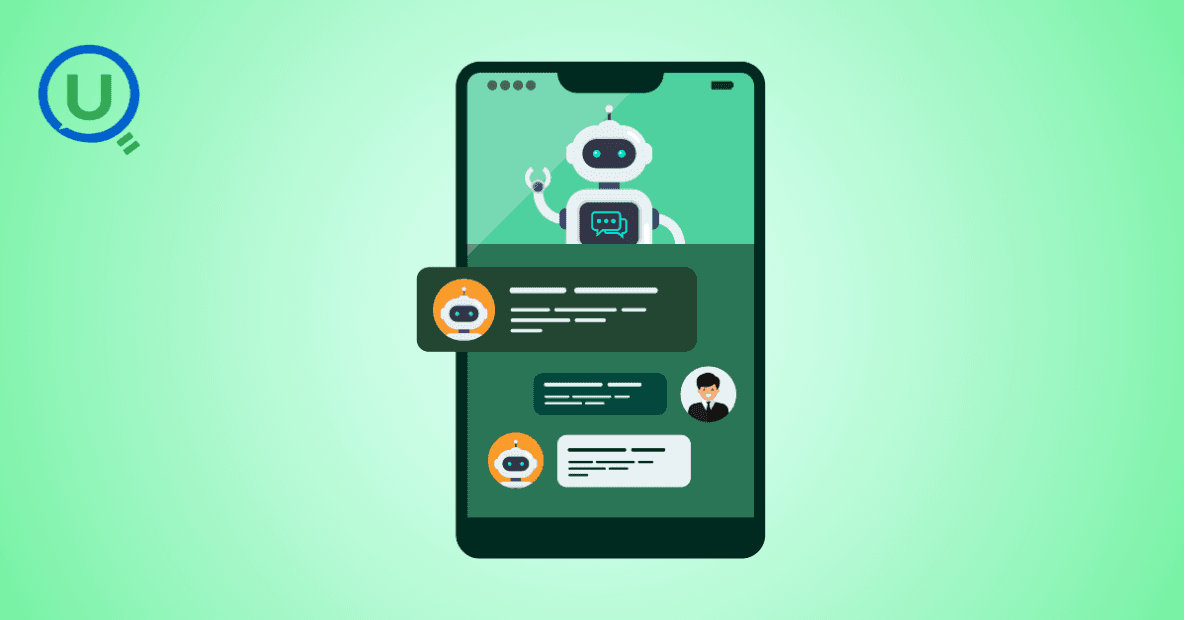
Discover the power of prompt engineering and how it enhances AI interactions. Learn the key principles, real-world use cases, and best practices for crafting effective prompts to get accurate, creative, and tailored results from AI tools like ChatGPT, Google Gemini, and Claude.

Learn what a Logical Data Model (LDM) is, its key components, and why it’s essential for effective database design. Explore how an LDM helps businesses align data needs with IT implementation, reducing errors and improving scalability.

Discover the power of a Canonical Data Model (CDM) for businesses facing complex data integration challenges. Learn how CDM simplifies communication between systems, improves data consistency, reduces development costs, and enhances scalability for better decision-making.

Discover the 10 essential benefits of Engineering Data Management (EDM) and how it helps businesses streamline workflows, improve collaboration, ensure security, and make smarter decisions with technical data.

Explore how vibe coding is transforming programming by blending creativity, collaboration, and technology to create a more enjoyable, productive, and human-centered coding experience.
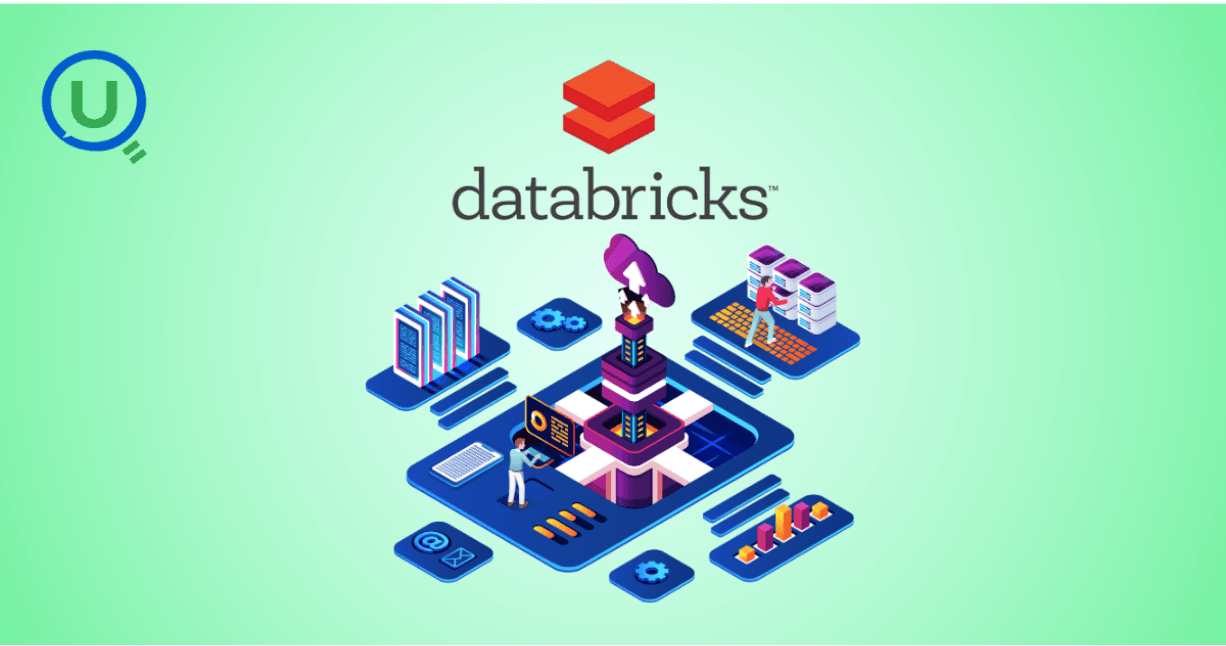
Learn how Azure Databricks empowers data engineers to build optimized, scalable, and reliable data pipelines with features like Delta Lake, auto-scaling, automation, and seamless collaboration.
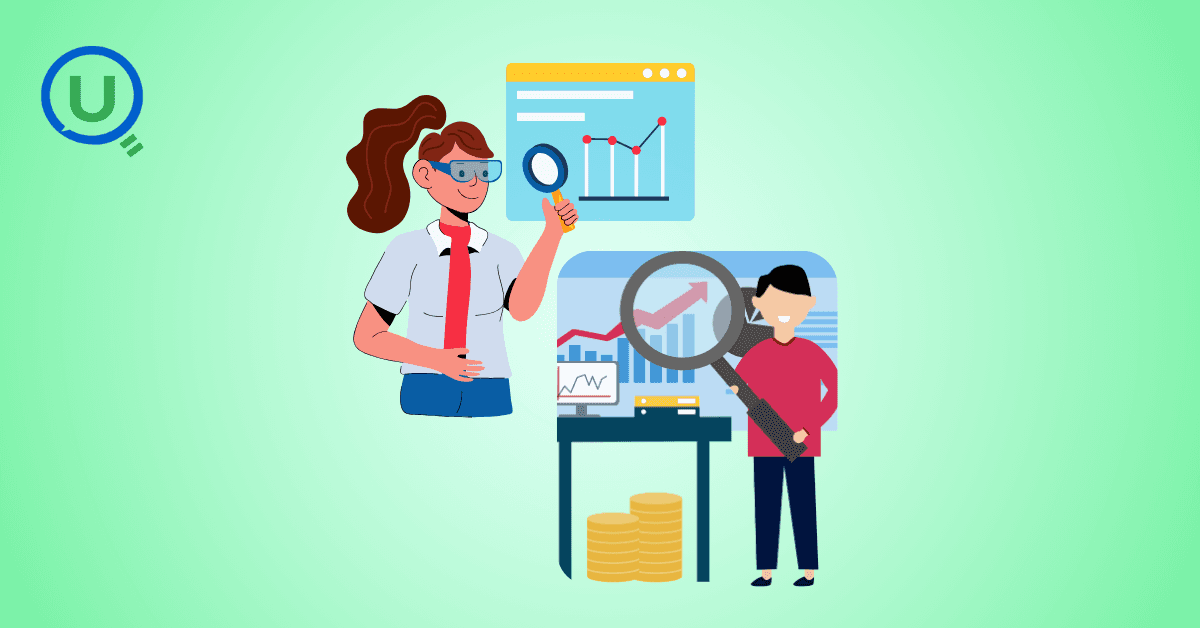
Discover the key differences between data scientists and data engineers, their roles, responsibilities, and tools. Learn how Enqurious helps you build skills in both fields with hands-on, industry-relevant learning.
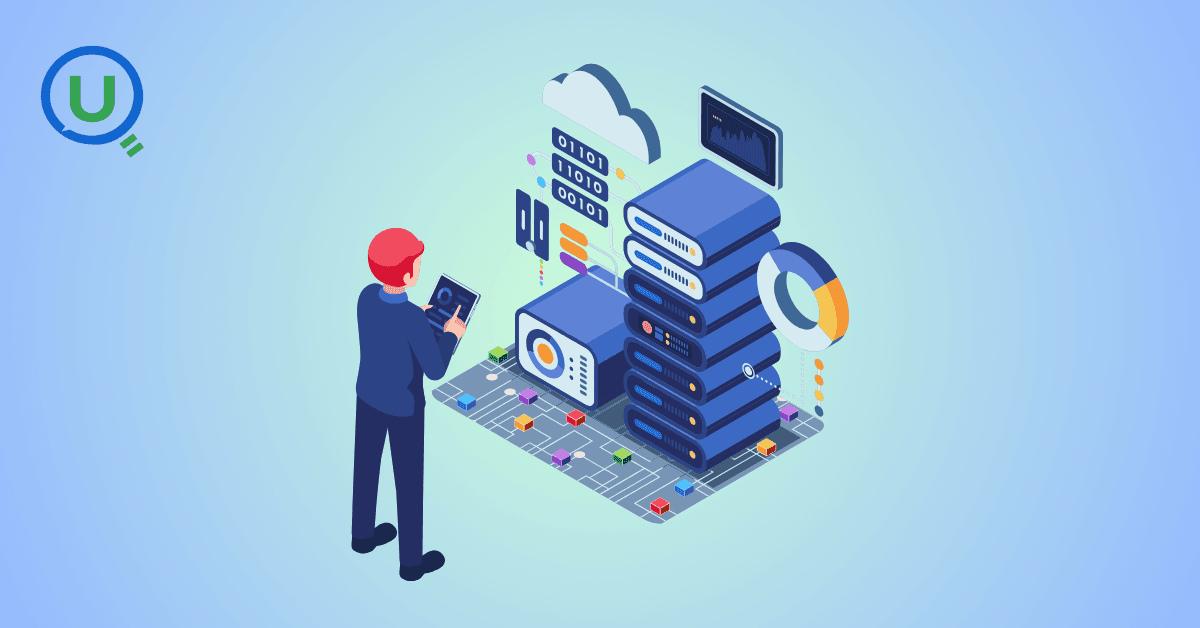
Discover the 9 essential steps to effective engineering data management. Learn how to streamline workflows, improve collaboration, and ensure data integrity across engineering teams.

Azure Databricks is a cloud-based data analytics platform that combines the power of Apache Spark with the scalability, security, and ease of use offered by Microsoft Azure. It provides a unified workspace where data engineers, data scientists, analysts, and business users can collaborate.

In today's data-driven world, knowing how to make sense of information is a crucial skill. We’re surrounded by test scores, app usage stats, survey responses, and sales figures — and all this raw data on its own isn’t helpful.

In this blog, we will discuss some of the fundamental differences between AI inference vs. training—one that is, by design, artificially intelligent.
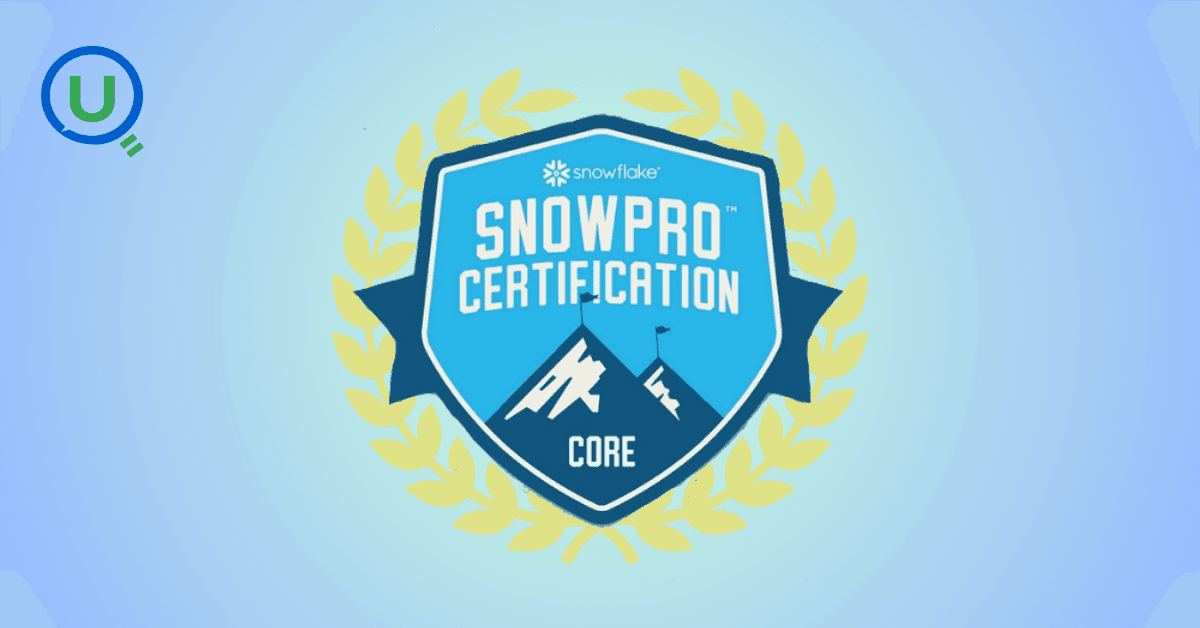
This guide provides a clear, actionable roadmap to help you avoid common pitfalls and successfully earn your SnowPro Core Certification, whether you’re making a career pivot or leveling up in your current role.

"Ever had one of those days when you’re standing in line at a store, waiting for a sales assistant to help you find a product?" In this blog we will get to know about -What is RAG, different types of RAG Architectures and pros and cons for each RAG.

Discover how Databricks and Snowflake together empower businesses by uniting big data, AI, and analytics excellence
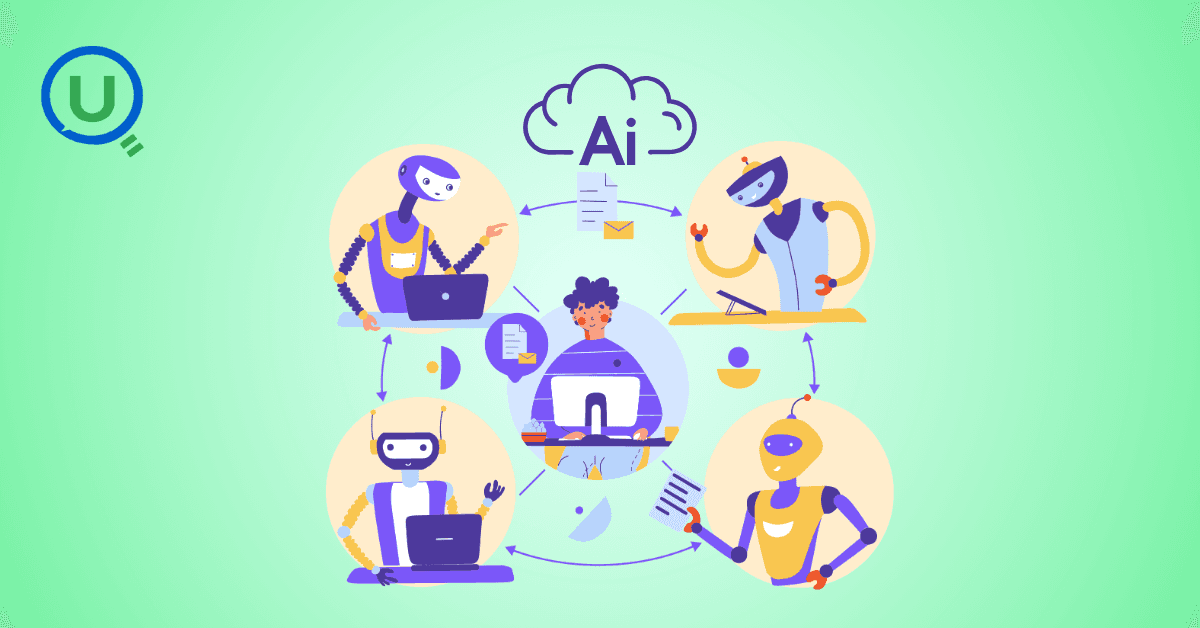
How do major retailers like Walmart handle thousands of customer queries in real time without breaking a sweat? From answering questions instantly to providing personalized shopping recommendations, conversational AI reshapes how retailers interact with their customers.